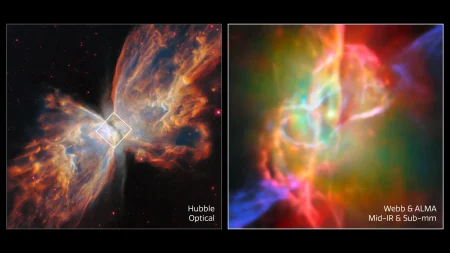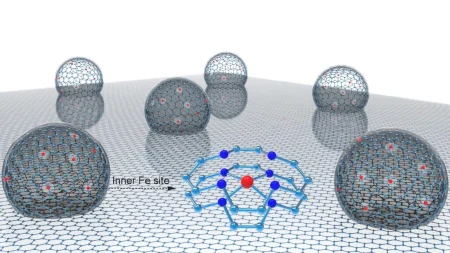A recent study compared the carbon emissions of AI systems with human writers and illustrators. The findings revealed that AI emits significantly less carbon dioxide equivalent (CO2e) when completing tasks such as writing and illustrating, up to 1,500 times less for writing and 2,900 times less for illustrating. Co-author Andrew Torrance emphasized that AI should not replace human creativity, but rather be used collaboratively to increase efficiency in various fields.
By analyzing established AI systems like ChatGPT, Bloom AI, and DALL-E2, researchers demonstrated the environmental benefits of utilizing AI technology. The study aimed to provide data-driven insights into the efficiency of AI compared to human labor in terms of carbon emissions. The results showed that AI is, in fact, much less wasteful and environmentally impactful than humans when producing written content and illustrations.
The researchers considered factors such as energy consumption, per capita emissions in different regions, and the potential implications of AI advancements on the job market and overall societal stability. As AI technologies continue to evolve, the authors predict that the environmental effects will also change. They advocate for a collaborative approach between AI and humans, highlighting the importance of retaining human control over the final products.
While AI has the potential to streamline processes and increase productivity, ethical and legal considerations must be taken into account. Issues related to copyright infringement, energy consumption, and the potential displacement of human workers need to be carefully managed. The authors stress the importance of utilizing AI as a tool to enhance human potential rather than replace human creativity altogether.
The research aims to contribute to achieving the United Nations Sustainable Development Goals by promoting sustainable consumption patterns and combating climate change. By shedding light on the environmental impact of AI and advocating for a balanced approach that combines AI and human creativity, the authors hope to encourage further exploration of this issue. With the right strategies in place, AI can empower individuals to excel in their fields while minimizing negative environmental consequences.
In conclusion, the study emphasizes the potential benefits of integrating AI into various industries while also acknowledging the need for responsible and ethical use of the technology. By harnessing the power of AI to enhance productivity and creativity, individuals can leverage technology to achieve greater efficiency in their work. The authors remain optimistic about the future of AI and its positive impact on sustainable development, highlighting the importance of continued research and collaboration to maximize the benefits of AI while minimizing its environmental footprint.













